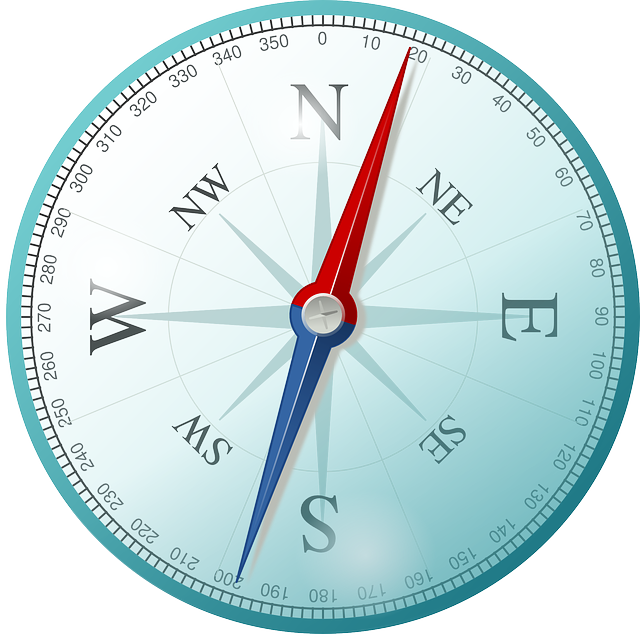For those with a fascination for cartography or a penchant for understanding spatial data, the term “choroschematic map” might have piqued your interest. So, what lies beneath this term?
This piece will elucidate the concept, its intrinsic value, and its varied applications in representing data.
Defining Choroschematic Mapping
Choroschematic mapping offers a unique way to represent data spatially using abstract symbols and geometrical shapes. Unlike maps that prioritize detailed geographical accuracy, like topographical ones, choroschematic diagrams embrace a more abstract approach. They employ varying symbols—from dots and circles to triangles—to represent specific data points, such as the concentration of healthcare facilities or the distribution of vegetation across an area.
The term “choroschematic” finds its roots in ancient Greek, with “choros” denoting a space or place, and “schematic” indicating an abstracted or simplified representation. Thus, these diagrams can be viewed as spatial data’s abstracted depiction, making them instrumental in deciphering intricate patterns like the implications of climate shifts or variations in poverty indices.
The Core Objective of Choroschematic Diagrams
Choroschematic diagrams are crafted to convey spatial data succinctly and clearly. These diagrams are particularly adept at illustrating statistical information—be it demographic shifts, income disparities, or crime prevalence.
The potency of choroschematic diagrams lies in their ability to spotlight patterns and trends in data. By employing geometric symbols and abstract shapes, they translate multifaceted information into easily digestible visual data.
Advantages of Implementing Choroschematic Diagrams
Delving into the benefits of these diagrams:
- Pattern Illumination: They are adept at revealing hidden patterns or relationships in data, which might remain obscured in tabular representations;
- Intuitive Interpretation: With their symbolic approach, these diagrams can sometimes be more graspable than their detailed counterparts;
- Versatility: From electoral preferences to economic metrics, they can depict a vast array of data;
- Comparative Insight: These diagrams facilitate juxtapositions of data across distinct regions, aiding in discerning overarching trends.
Potential Limitations of Choroschematic Diagrams
However, a few challenges accompany their usage:
- Misrepresentation: If symbols don’t align well with data, diagrams can convey skewed perceptions;
- Oversimplification: Abstracting data can sometimes lead to missing nuanced details;
- Creation Complexity: Crafting an impactful choroschematic diagram demands a meticulous choice of symbols resonating accurately with the data in question.
Choroschematic Diagram Varieties
Several kinds of these diagrams offer insights into diverse spatial data:
- Dot Diagrams: They employ dots, each signifying particular occurrences, such as crime rates in a region;
- Choropleth Diagrams: Here, varied colors or tones denote different data magnitudes, like population concentration;
- Isarithmic Diagrams: They use contour lines to highlight changes in specific metrics across a region, for instance, elevation variations.
Wrapping Up
In essence, choroschematic diagrams serve as invaluable tools in the cartography realm, simplifying intricate spatial data representation. For cartography enthusiasts or professionals, grasping the nuances of these diagrams can offer profound insights into spatial data visualization techniques.
FAQs
Choroschematic diagrams use symbols to depict spatial data abstractly, while topographic ones focus on precise geographical features.
These diagrams excel in visualizing statistical metrics like population distribution, income variations, or crime rates.
Absolutely! As long as data can be symbolically depicted, choroschematic diagrams can accommodate it.
